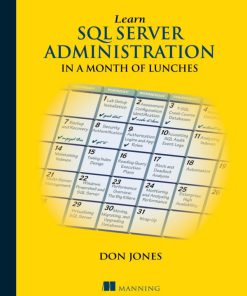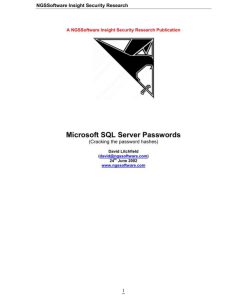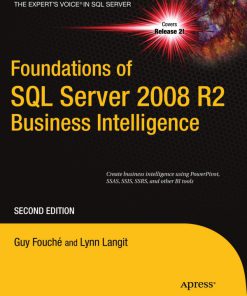Practical Business Intelligence With SQL Server 2005 1st edition by John Hancock,Roger Toren 9780321614858 0321614852
Original price was: $50.00.$25.00Current price is: $25.00.
Authors:John Christian Hancock; Roger Toren , Series:Management [103] , Tags:Business & Economics; New Business Enterprises; Computers; Artificial Intelligence; General; Database Administration & Management , Author sort:Hancock, John Christian & Toren, Roger , Ids:9780321356987 , Languages:Languages:eng , Published:Published:Dec 2007 , Publisher:Addison-Wesley , Comments:Comments:Design, Build, and Manage High-Value BI Solutions with SQL Server 2005  In this book, two of Microsoft’s leading consultants illustrate how to use SQL Server 2005 Business Intelligence (BI) technologies to solve real-world problems in markets ranging from retail and finance to healthcare. Drawing on extensive personal experience with Microsoft’s strategic customers, John C. Hancock and Roger Toren offer unprecedented insight into BI systems design and step-by-step best practices for implementation, deployment, and management.  Hancock and Toren introduce practical BI concepts and terminology and provide a concise primer on the Microsoft BI platform. Next, they turn to the heart of the book—constructing solutions. Each chapter-length case study begins with the customer’s business goals, and then guides you through detailed data modeling. The case studies show how to avoid the pitfalls that derail many BI projects. You’ll translate each model into a working system and learn how to deploy it into production, maintenance, and efficient operation.  Whether you’re a decision-maker, architect, developer, or DBA, this book brings together all the knowledge you’ll need to derive maximum business value from any BI project.     • Leverage SQL Server 2005 databases, Integration Services, Analysis Services, and Reporting Services     • Build data warehouses and extend them to support very large databases     • Design effective Analysis Services databases     • Ensure the superior data quality your BI system needs     • Construct advanced enterprise scorecard applications     • Use data mining to segment customers, cross-sell, and increase the value of each transaction     • Design real-time BI applications     • Get hands-on practice with SQL Server 2005’s BI toolset













